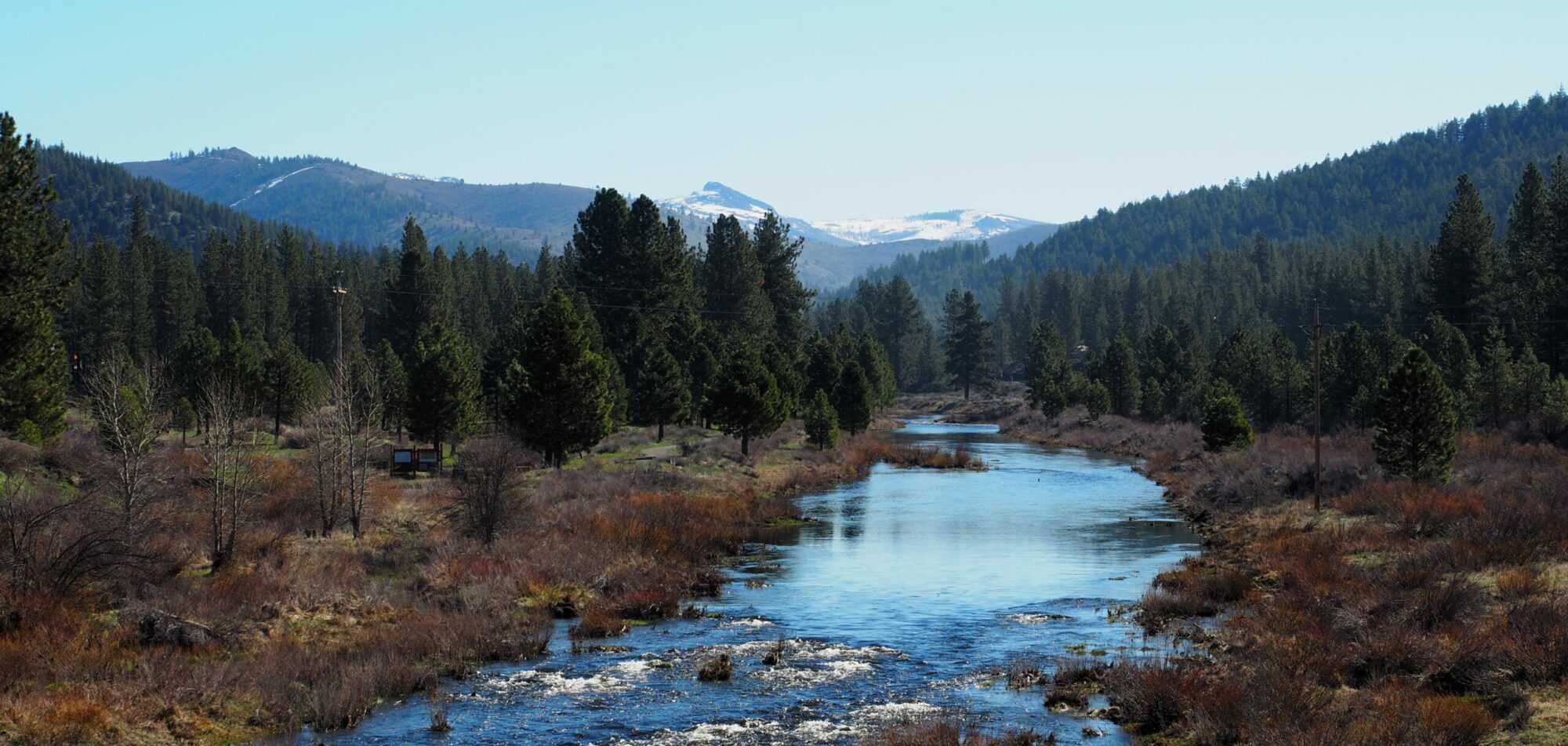
According to the Plumas Sun article published Dec. 17th,
“Toronto-based US Copper Corp has described a large-scale project to extract an estimated three-billion pounds of copper over 17 years from several sites spanning 13 square miles on and near Engels,” (a site near Greenville, Plumas County).
Combined with industrial wood and biomass extraction from wild local forests, mines like this one threaten to turn Plumas County into a “sacrifice zone” for extractive industries at the expense of mountain communities, wild lands, and carbon storage, crucial to avoiding catastrophic climate disruption.
Feather River Action! strongly opposes this mine and will be working in collaboration with neighbors and others to stop it.
More to come…

 MEDIA ALERT:
MEDIA ALERT: 